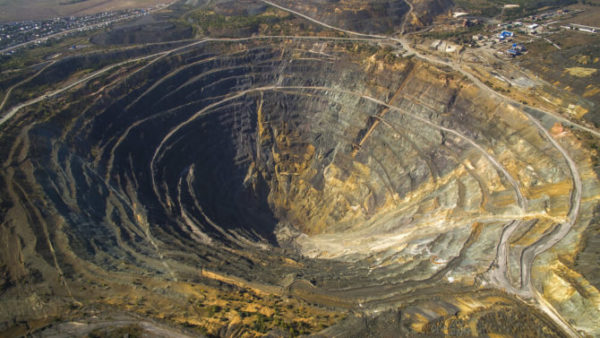Will Greens And Gamers Rise Against Cryptocurrencies?
 Digging Deeper
Digging Deeper
We’ve all seen it. Bitcoin sailed over $50k recently and the world’s richest man Elon Musk is promoting crypto on his personal twitter. While there are no doubts that Crypto has moved forward in the push to be a viable currency in the future, as of now it isn’t ecologically sound.
Reports show that bitcoin mining consumed more energy than Argentina in 2020. All of this energy is being used to produce currency that is so volatile that it makes crude oil look like trading in rocks by comparison. Until quantum computing becomes a thing or our processors, graphical or otherwise reduce their energy consumption, we don’t see how cryptomining can be good for the environment.
Consider Bitcoin, the mot popular option currently, that is getting close to a market cap of $1 trillion. It isn’t controlled by any single authority — like a central bank — but a disparate network of computers. So-called “miners” run purpose-built computers which compete to solve complex math puzzles in order to make a transaction go through.
The blockchain — a digital ledger of all bitcoin transactions — is designed to ensure that users aren’t able to “double spend” funds, a flaw in which the same digital token could be spent more than once. Each block that is added onto the chain carries a hard, cryptographic reference to the previous block. Proponents of bitcoin say this makes it extremely secure. Of course, this also ensures it is pretty useless as a transactional currency, with a rate of less than 5 transactions per second possible worldwide currently.
But bitcoin miners do not run this operation for free. A key incentive of bitcoin’s model, known as “proof of work,” is the promise of being rewarded in some bitcoin if you manage to solve the complex hashing algorithm. Thus, the higher the price goes, the tougher it is to earn/mine Bitcoins, and more energy expended to get it.
Another thing to make note of is the amount of silicon shortages crypto is causing. Back in 2016 when Nvidia launched the 10-series graphics cards, there were massive shortages due to the bitcoin boom. Miners were buying up cards to set up massive farms and the average consumer, professional or gamer had to pay through their nose to get a card from a scalper. We are in a similar situation right now. With another crypto boom, miners are buying up even more cards and scalpers are reigning with more stock than some stores out there. Right now, to get an RTX 3070 at its manufacturer recommended price of 500 dollars, the average consumer would have to wait for a minimum of 2 weeks on a wait-list and then maybe have the chance to buy the card. All over the internet, people on boards like r/hardware are having these problems. Now, when I say miners, I don’t mean someone who maybe undervolts their card and lets it mine when the computer is idle. Those people are fine since they use the GPU for other things as well. The bigger problem here is the massive mining areas that get set up with 100s of cards .
Now, let’s take a look at e-waste. Earlier, when the 3000 series cards were just announced, one could find 2080 supers on ebay for as little as 400 dollars. This was a perfect example of how the GPU market works. New cards come out, the enthusiasts buy them and by the next generation of cards, they’re sold off to people who wanted an upgrade but not to the latest and greatest. However, the presence of mining cards has upended this arrangement. Recently, Nvidia announced that they would add a bios and firmware lock in place on the 3060 card to halve the hashrate when mining. At the same time, they announced their new brand of mining cards(the CMP lineup). These cards are e-waste. Due to the lack of display outputs, they will get thrown out by the miners by the time the next generation of GPUs come along. Valuable silicon is being wasted on products that have a 2 year lifespan. A normal card would’ve been used for well over 3 years before being sold to another person who would use it for 2 more years before putting it in a media PC or the like. Well known tech blogger Linus Sebastian made a good video detailing the flaws in Nvidia’s strategy.
Perhaps the only saving grace in the rise of Bitcoin for now might be the fact that it seeks to replace gold for starters, and the environmental impact of gold mining is way higher than Bitcoin for now.
By Yash Singh




